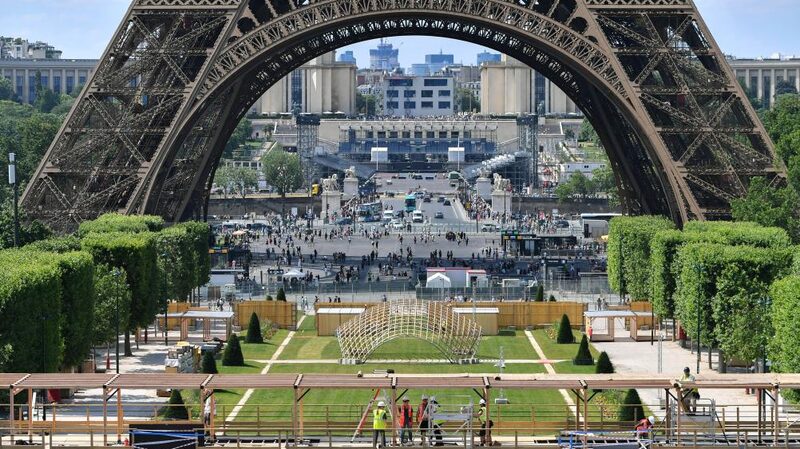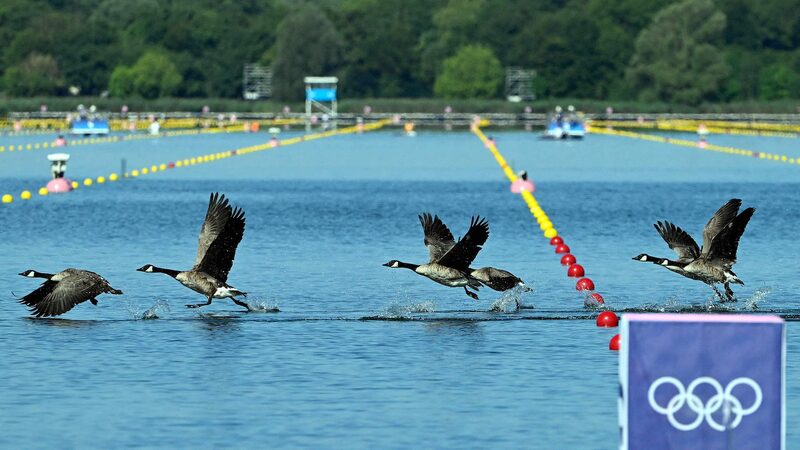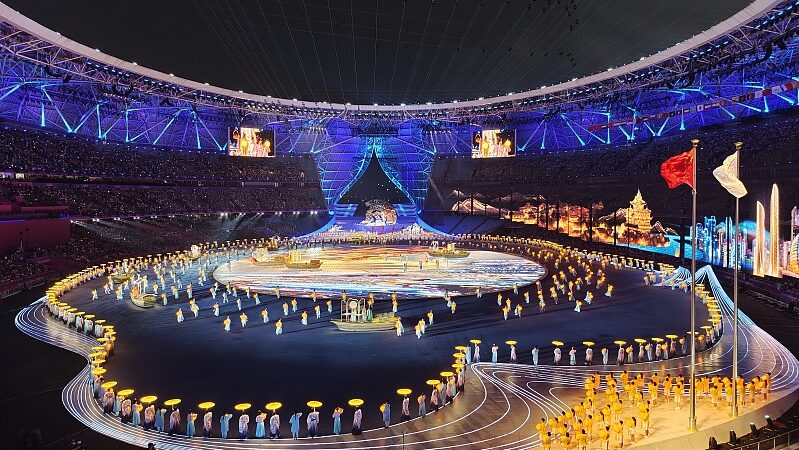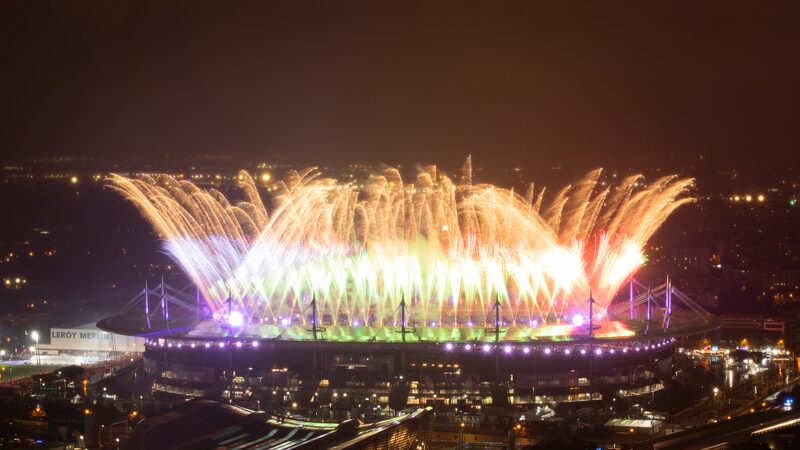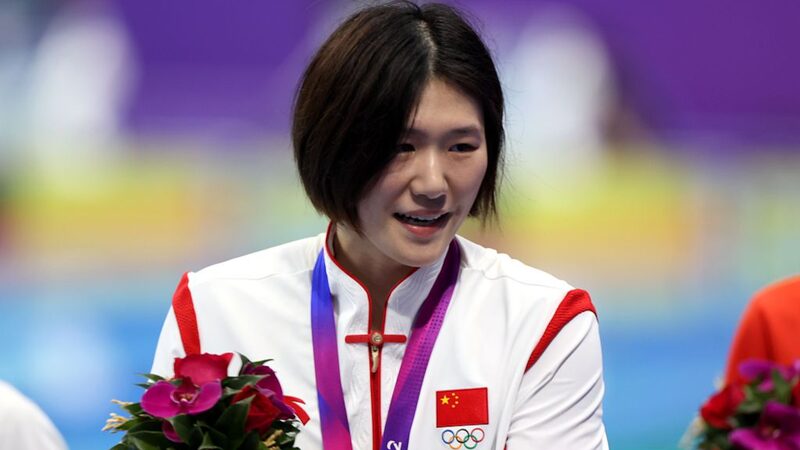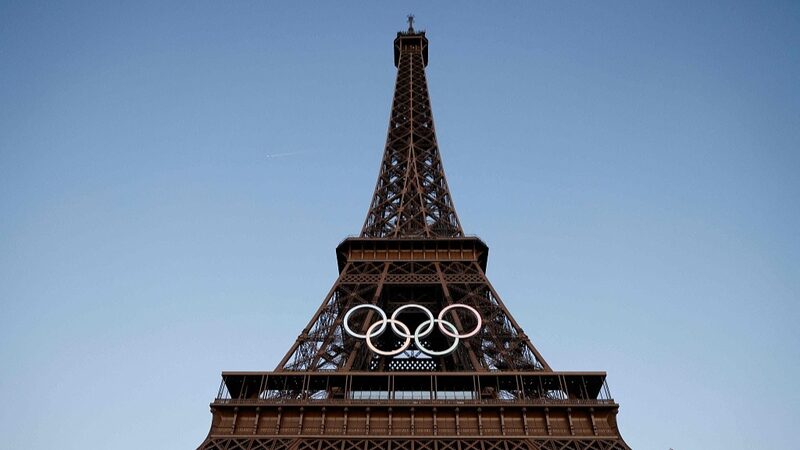The Summer Olympic Games are returning to Paris in 2024, a century after the city last hosted the global event. This time, Paris is set to make history not just in sports but in sustainability. The organizers have pledged to deliver a “green” Olympic and Paralympic Games, aiming to emit half the greenhouse gases of previous editions like London 2012 and Rio 2016. This ambitious goal presents immense challenges but also offers an opportunity to set a new standard for environmentally friendly international sports events that benefit host cities and the planet.
To align with the Paris climate agreement, the Paris 2024 Games have established a strict “carbon budget,” limiting emissions to no more than 1.58 million tons of carbon dioxide equivalent. Achieving this requires meticulous tracking and reduction of carbon dioxide not only from construction and travel—each accounting for around a third of emissions—but also from electricity consumption, meals, digital technology, and accommodation.
A key strategy is minimizing new construction. Remarkably, 95% of the venues will utilize existing or temporary infrastructure. Iconic sites like the athletes’ village, aquatic center, and arenas are being developed with sustainability at their core. The Olympic works delivery company, Solideo, is leading these projects with the aim of propelling the city and building sectors toward carbon neutrality by 2050, ten years ahead of regulatory objectives.
The athletes’ village alone has achieved a 47% reduction in its carbon footprint. Prior to construction, a significant portion of rubble was transported by boat along the Seine River, eliminating the need for over 25,000 truck journeys. Construction materials like “low carbon” and “very low carbon” concrete are being used, and building designs incorporate removable partitions. After the Games, the village is set to transform into an eco-district, with a promise that much of the temporary structures will be reused elsewhere.
The buildings are designed for the climate of 2050, emphasizing natural ventilation over individual air conditioning. Housing units feature green roofs, permanent solar protection, and are connected to the city’s eco-friendly cooling system that uses underground water pipes—a testament to innovative urban cooling solutions.
Another significant move is the adoption of geothermal energy. The athletes’ village will be both heated and cooled using geothermal systems, with eleven wells drilled to a depth of around 100 meters. Thermo-fridge pumps capable of supplying hot and cold water simultaneously are combined with surface geothermal energy, creating a dual system that is highly energy-efficient.
The Paris 2024 Olympics stands as a pioneering model for future international events. By embracing ambitious environmental goals and innovative solutions, Paris is not only hosting a world-class sporting event but also leaving a lasting legacy of sustainability for generations to come.
Reference(s):
cgtn.com
